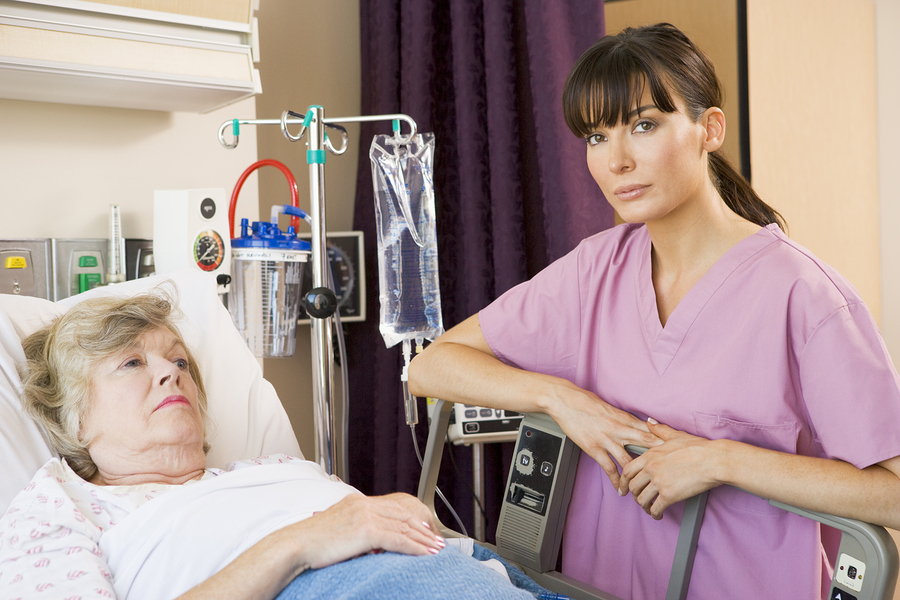Nurses, nurse aids, orderlies, emergency medical technicians and physical and occupational therapists have some of the highest numbers of nonfatal occupational injuries. Chronic back pain and musculoskeletal injuries resulting from unsafe patient handling contribute to days missed from work and employee compensation claims and are a leading reason these professionals change careers.
To educate health care workers and facilities on these risks and provide solutions, Rutgers School of Public Health has launched the state’s first Safe Patient Handling Conference on March 19, in collaboration with the Occupational Safety and Health Administration and the Zero Lift Task Force in New York.
Mitchel Rosen, director of the Center for Public Health Workforce Development at Rutgers School of Public Health, which organized the conference, discusses why health care workers and facilities should scrutinize their patient handling procedures.
What injury risks do health care providers face?
Health care workers often are so focused on their patients that they do not take their own health into consideration. Teaching health workers how to care for themselves is an essential — but sometimes overlooked — part of their training and ongoing education.
Musculoskeletal injuries account for 54 percent of injuries that result in days away from work and are the main cause of workers’ compensation claims in hospitals and long-term care facilities. The most common risks these workers face are back injuries and strains sustained through overexertion and repeated manual patient handling, including heavy lifting of patients. These professionals are often charged with high-risk activities such transferring patients from the bed to the toilet to shower, repositioning them in bed and moving them throughout the facility. As the population grows increasingly obese and elderly, injuries resulting from patient handling are becoming more common and severe.
Take, for example, emergency medical technicians who must lift patients onto stretchers and then transport them to an ambulance and then into the hospital. Nurses and health professionals like orderlies, aides and physical therapists and occupational therapists likewise have very physical jobs that require constant moving of patients. Workers should know that there are transfer and lifting devices that can reduce the risk of injury to patients and staff associated with lifting, transferring, repositioning or movement of patients.
Who is most affected?
In its most recent survey, OSHA reports that 249 out of 10,000 health care workers sustained musculoskeletal injuries, which is more than seven times the average for all industries. These injuries can become a vicious cycle: Employees experiencing chronic pain are likely to be less productive and attentive and may place themselves at risk for additional injuries. OSHA reports that up to 20 percent of nurses leave the profession due to the risk of injury.
How can facilities promote safe patient handling?
Health care facilities should already be adhering to the New Jersey Safe Patient Handling Act and have best practices in place to protect workers and to reduce workers compensation and disability claims and the costs associated with hiring replacements for professionals who miss work due to on-the-job injuries.
Management should provide workers with the technology to move patients rather than rely on manual patient handling. Employees also should be regularly trained and evaluated on their understanding of safe patient movement procedures.
Was this article valuable?
Here are more articles you may enjoy.


 Waymo to Update Software Across Fleet After Major Power Failure
Waymo to Update Software Across Fleet After Major Power Failure  Wells Fargo Sued by Ex-Manager Who Said Bank Faked Diversity
Wells Fargo Sued by Ex-Manager Who Said Bank Faked Diversity  Rare Weather Warning Issued as Strong Gusts Fuel Colorado Wildfire Threats
Rare Weather Warning Issued as Strong Gusts Fuel Colorado Wildfire Threats  Jump Trading Faces $4 Billion Terraform Administrator Suit
Jump Trading Faces $4 Billion Terraform Administrator Suit 